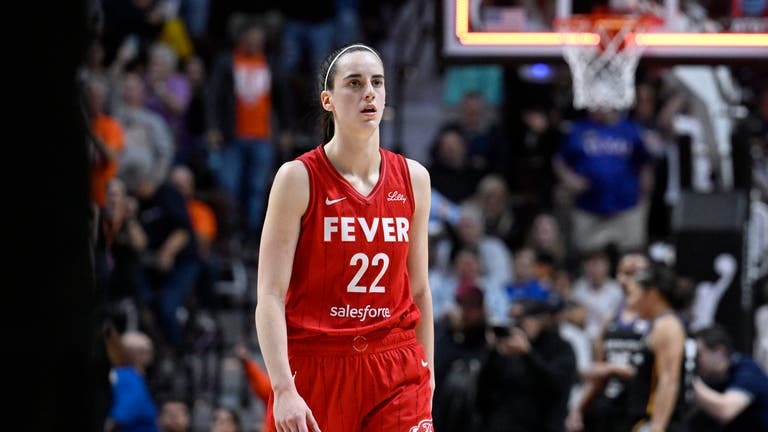The case involving Caitlin Clark and her alleged stalker, Michael Thomas Lewis, highlights several critical issues related to stalking, online harassment, and the impact of celebrity on personal safety. Here are some key points and analysis:
Stalking and Legal Proceedings
Charges and Initial Hearing: Lewis is charged with felony stalking, which reflects the severity of the alleged actions. His outburst in court, declaring “guilty as charged,” and the judge’s refusal to accept a plea at the initial hearing suggest that the legal process will ensure a thorough examination before a plea is entered.
Bail and Restrictions: The $50,000 bail and the order for Lewis to stay away from specific venues indicate the court’s recognition of the potential threat he poses to Clark. This precautionary measure is crucial in protecting victims of stalking.
Impact of Stalking on Victims
Fear and Behavioral Changes: Clark’s reported fear and changes in her public behavior underline the profound impact stalking can have on victims. The fear of physical harm often leads victims to alter their daily lives, highlighting the psychological toll of such harassment.
Threatening Messages: The sexually violent and threatening nature of the messages sent by Lewis emphasizes the severity of the situation. Such explicit threats are a clear indicator of the potential for escalation to physical violence.
Celebrity and Unwanted Attention
Clark’s Rising Popularity: As a highly popular athlete, Clark’s case exemplifies the risks that come with fame, particularly for women. The connection between increased visibility and heightened risks of harassment is a growing concern in the age of social media.
Economic Impact: Clark’s significant contribution to the WNBA’s economic activity underscores her importance to the league. This economic influence also places additional pressure on the league and law enforcement to ensure her safety.
Broader Trends in Harassment
Rise in Online Harassment: The study by the NCAA indicates a disturbing trend in the rise of abusive and threatening messages targeting athletes. The data showing a higher prevalence of sexual abuse towards female athletes points to systemic issues of misogyny and discrimination in sports.
Gender Disparity: The fact that women’s basketball players receive more threats than their male counterparts highlights a gender disparity that needs to be addressed through better protective measures and cultural changes.
Law Enforcement and Community Response
Role of Law Enforcement: The proactive steps taken by the Indianapolis police in tracing and arresting Lewis demonstrate the importance of swift action in cases of stalking. However, the initial leniency in simply warning Lewis suggests a need for more stringent initial responses to potential threats.
Community and Institutional Support: Prosecutor Ryan Mears’ statement underscores the need for community support and institutional mechanisms to encourage victims to come forward. This case sets a precedent that could empower other women facing similar threats.
Conclusion
The case of Caitlin Clark’s alleged stalker is a stark reminder of the dangers associated with stalking and online harassment, particularly for public figures. It highlights the need for robust legal frameworks, vigilant law enforcement, and societal support to protect victims and deter potential offenders. As digital communication continues to evolve, so must the strategies to safeguard individuals from such threats.



